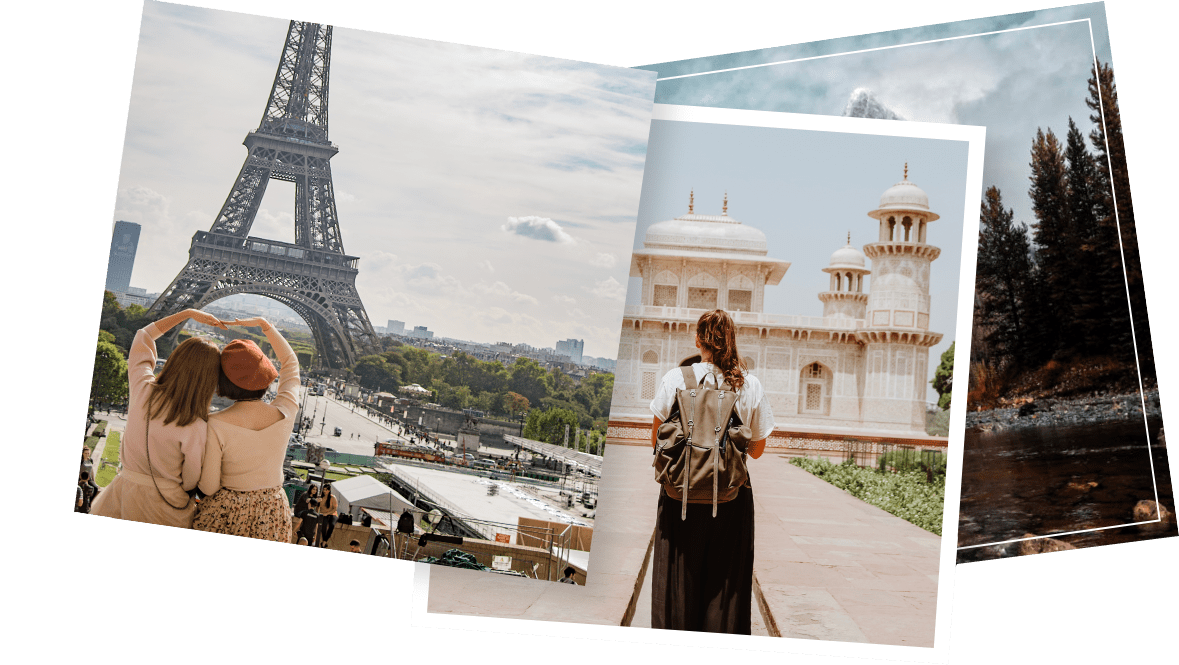

Renting a vacation home can seem simple; you simply purchase, decorate, and advertise, right? Doing this successfully, however, is a different matter. To successfully capitalize on your investment and ensure that you’re attracting an ideal target audience consistently, your home needs to have the right design. Decorating can be very confusing, as trends, themes, and crazes transition over time and waver in popularity, investing in a design that will last and be attractive can seem impossible. This article will walk you through powerful design secrets that will ensure your vacation rental gets noticed regularly by the right people, as well as ensuring that the property you own is truly beautiful.
But if you want to take a the shorter route, check out the below slides for most important design secrets:
Contents
The Design Concept
The first place to start is developing your design concept; this is the theme for your property. Ensure that you decide on this before you begin decorating as it’s the perfect place to strategize your spending. The theme you’re aiming for might be based on a time-period; for example, the glamour of the 1920s, or, an extension of the landscape – if you’ve got a log cabin, you might want to draw on some pastoral stereotypes and work on revising these in a contemporary way that brings the outside in.
Furthermore, you can also plan your vacation rental around specific events, such as preparing your vacation rental for Thanksgiving or Black Friday stays.
The design here will mainly be visually based; a good place to start might be Pinterest or Instagram; use images from the sites to try and imagine a cohesive theme and design for your own home. By doing this, you’ll be able to identify objects and items that help to emphasize the theme and design and decide on what’s worth investing in and what isn’t.


Professional Designers
Some of us thrive on interior design, and some of us don’t. If you don’t enjoy decorating, or you’re just finding it an unnecessary burden, consider hiring a professional designer. Hiring outside help doesn’t mean absolving yourself of anything to do with the property, you can begin a consultation with a basic idea that you might have, or some images from a property that you stayed in years ago and loved. Having a professional designer means that you can have discussions with an expert who has contacts and experience in what works and what doesn’t.
A professional designer will help translate your ideas into something cohesive and effective; you won’t have to rely on your personal preferences. Trusting outside help on a rental property can be difficult; you’re investing more money into something that’s supposed to bring in money. Ensure that the person you hire is experienced, look at their portfolio, and talk to their previous clients. Doing this will ensure that you’re not being scammed and that the work they’ll do will be right for your property.
Who are your Guests?
Determine guest characteristics; identify your target audience. Who do you want to stay in this property, if you’re finding it hard to identify a group directly, why not try thinking of who might stay in the area. Are there tourist attractions? If so, what sort of attractions are they? If there’s a family theme park you might expect families and therefore tailor your home to this. Alternatively, if there are museums and universities you might expect a mixture of students and academics. This also extends to the landscape; if you’re in a beach, city, or forest there are a variety of target audiences specific to these locations. Remote workers who prefer vacation rentals can be your target customers as well, so you might be offering things that add value to the remote workers. Once you’ve identified potential guests, try and conceptualize what they might find comfortable or useful in your property.
By adding small personal touches that tie into the landscape and environment your rental property will feel more like a home and less like a rental; this is what you’re aiming for. Away from practicality, it’s also useful to consider what might be stylistically appealing or a particular group. For example, if you’ve got a beach home, reference nautical themes in the décor. You don’t want this to be obtrusive; a surfboard across the bedroom wall will feel far more imposing than a striped lampshade or pastel sea-themed walls. Aim to keep things contemporary even if they are themed to a particular environment. A good way to establish this balance is to visit other homes in the area; this can be done remotely through property websites where people are advertising their own homes for sale. Property sellers will want to capitalize on the environment in a similar way to you and might be a good source of inspiration.


Know your Budget
Planning your design concept might excite a more indulgent tendency; if you can afford a larger budget for your rental property, then this might be fine! However, if you’re keen to keep cut costs have a budget in mind from the beginning and try to keep to a fixed sum. Remember to match your budget to your expectations. Your budget might be influenced by how much you’re aiming to charge per night. For example, if you’re planning on charging $600 per night it’s important to invest in luxurious fittings to suit your guests’ expectations, however, if you’re planning to rent for $100 a night you might not want to spend too much re-designing.
Cutting corners doesn’t have to mean compromising quality, instead of sourcing cheaper versions of expensive-looking items (which tend to inevitably appear, cheap), try upcycling, and reupholstering alternative pieces, creating an original and quirky aesthetic that’s personal to your property. Be inventive and use your local environment for inspiration and even materials. If you’re in a city and away from natural resources, why not ask your local supermarket or grocers for wooden pallets; these are often thrown away and are incredible for building projects! Improvise and innovate and you’ll have a successful design you’re proud of and may even be able to charge more for!
Focus Rooms
The main rooms that will need your design expertise will be the living areas and the master bedroom. Having a dramatic and beautiful bedroom will be a primary selling point for most clients, you need to ensure that things match, complement each other and most importantly, are comfortable. Invest in hotel-quality sheets and duvets; a good mattress will make or break your reviews, ensuring your guests get a good night’s sleep will markedly improve your properties’ approval ratings. The living area needs to be a relaxing environment, this means minimal clutter. To have an effective rental living space, there must be a strong sense of style as well as unique practical elements. For example, why not install a jacuzzi, a projector, or a fireplace. By investing in more unusual sources of entertainment you prioritize your guest’s comfort and justify the price you charge.


Will my property be too nice?
Property owners often shy away from investing in a redesign of a rental home. Haunted by stories of tenants trashing properties and expensive goods, most choose the easy option of necessities and a low price. By investing in your property, you’re investing in a target audience. What this means is that the caliber of guests that are staying will improve alongside of how good your property looks.
A basic essential providing rental home is far more likely to attract a rowdy group of students than a chic modern looking rental that charges a premium price. An attractive rental property is always in demand and will be far more likely to stay popular out-of-season than a more basic looking home. Positive reviews result in positive interest, resulting in a self-maintaining cycle of happy guests. This means that the effort you put in initially pays off in the long run, allowing you to step back and reap the benefits of your hard work. Taking the time to consider the smaller details, like a feature wall that complements your throw cushions will help you stand out the crowd.
Having a well-designed rental home often makes more unappreciative guests comfortable and reduces the likelihood of things being trashed or destroyed, meaning your efforts last longer. By advertising your property with a cleaning fee, you can also ensure that any mess that is made is resolved by an external cleaning agency. You should also consider insurance to cover any broken items; if this is unavailable for your property, consider including a breakage fee clause in the description. By establishing these boundaries before guests stay, guests will be more likely to err on the side of caution and will respect the property.
Renovating a vacation rental home can seem like a daunting prospect–by taking things step by step and choosing to seek outside help, or having the willingness to improvise where necessary, a successful rental business is wholly achievable. By clarifying the ambiguities around what makes a well-designed home, we hope this article has provided you with a good sense of where to start, as well as helped you to identify what rooms to focus on and how to improve them effectively, regardless of budget.





